A Report on the Psychological Development of Lord Voldemort
VerifiedAdded on 2022/08/08
|11
|522
|19
Report
AI Summary
This report provides a psychological analysis of Lord Voldemort's development, examining his early life, cognitive abilities, social interactions, and physical development. The report begins by detailing Voldemort's background, including his upbringing in an orphanage and his lack of parental care. It then delves into his physical development, noting the impact of his choices on his physical state. Furthermore, the report explores his cognitive development, highlighting his intelligence and his tendency to abuse his power, and his social development, including his isolation and lack of positive relationships. The report also discusses the interaction between these developmental areas, emphasizing how Voldemort's cognitive and social challenges contributed to his narcissistic tendencies and the choices that led to his downfall. The report concludes by reiterating the importance of healthy development and how Voldemort's lack thereof shaped his life and actions. References are provided to support the analysis.
1 out of 11

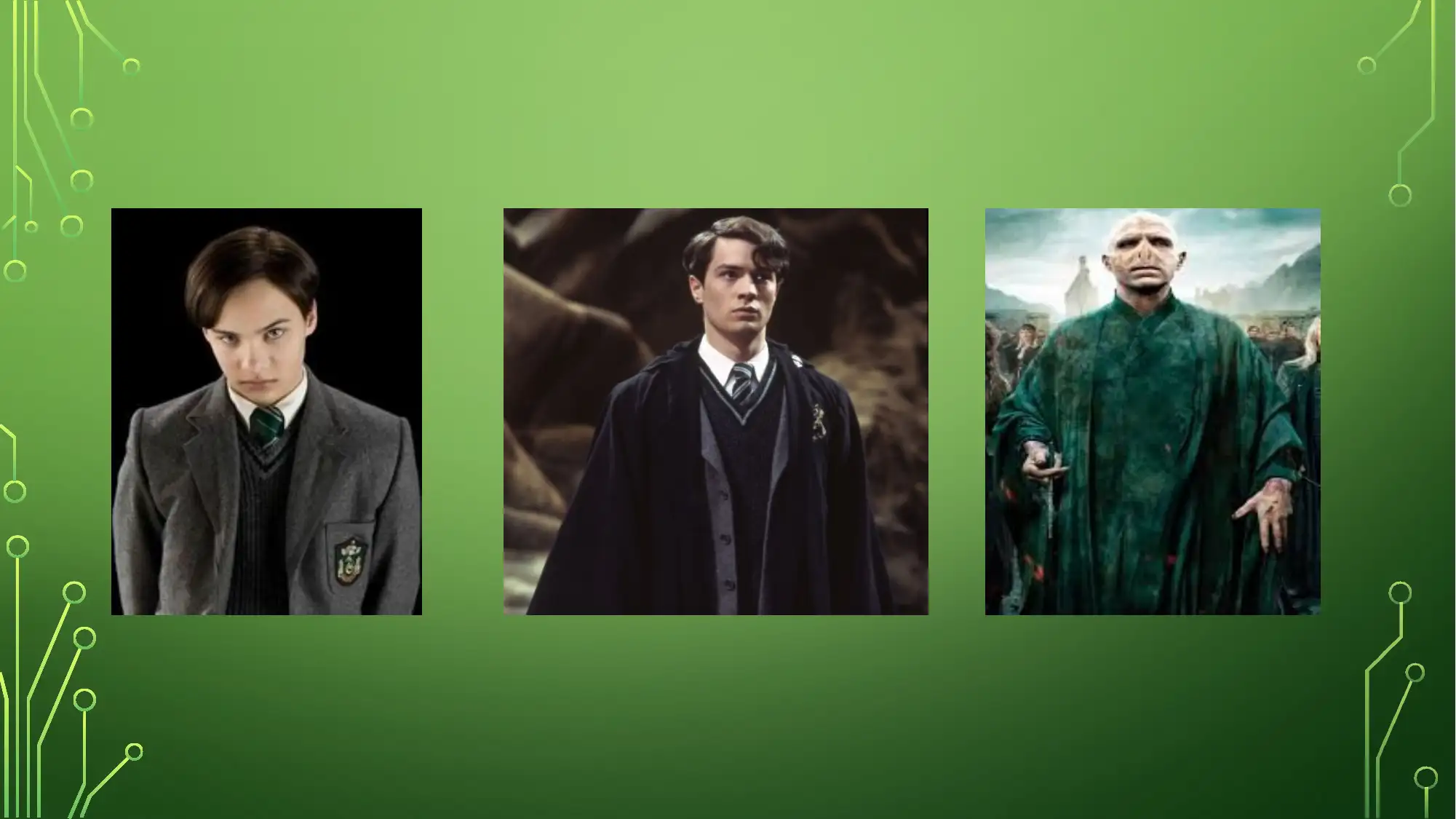
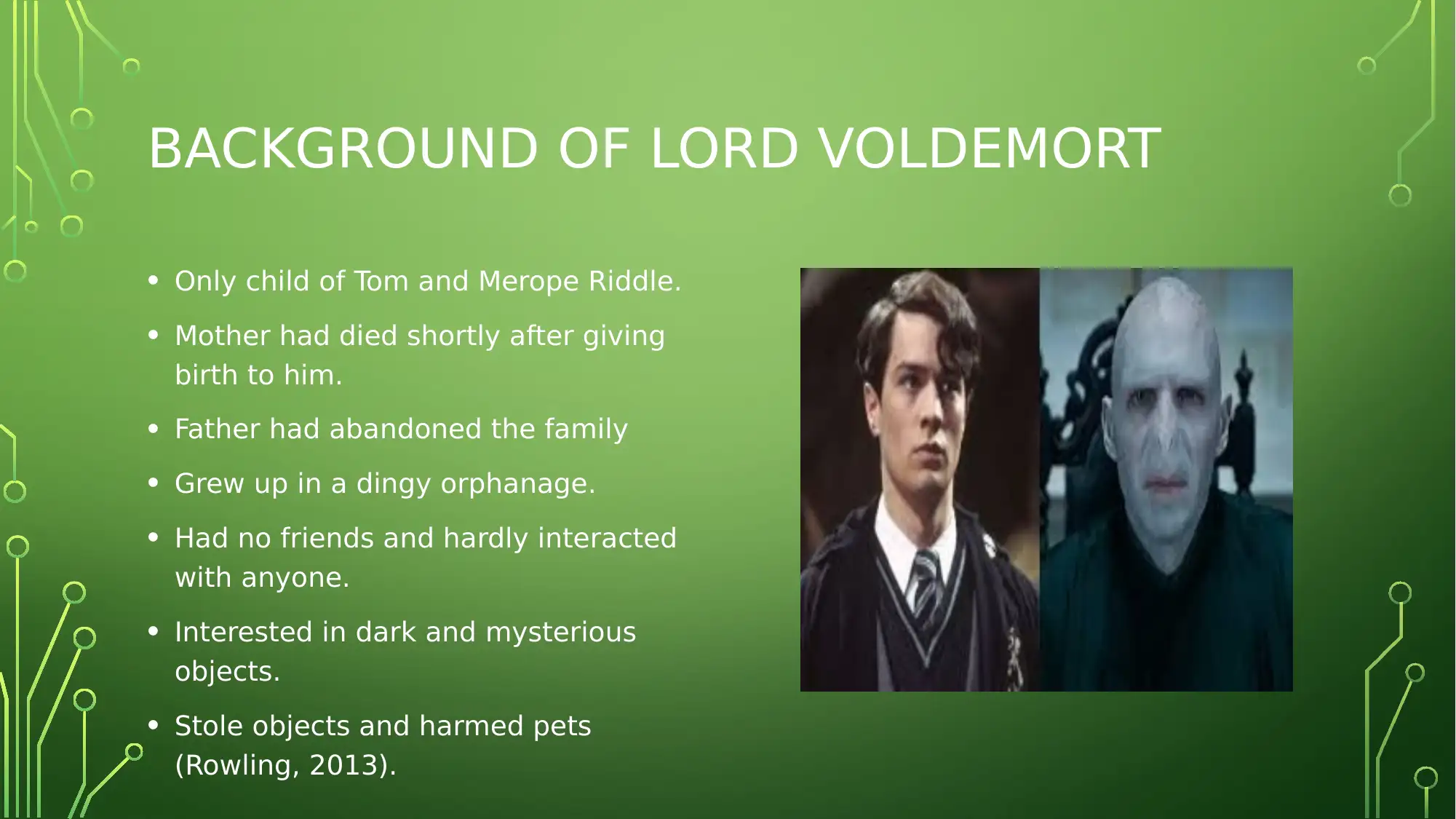

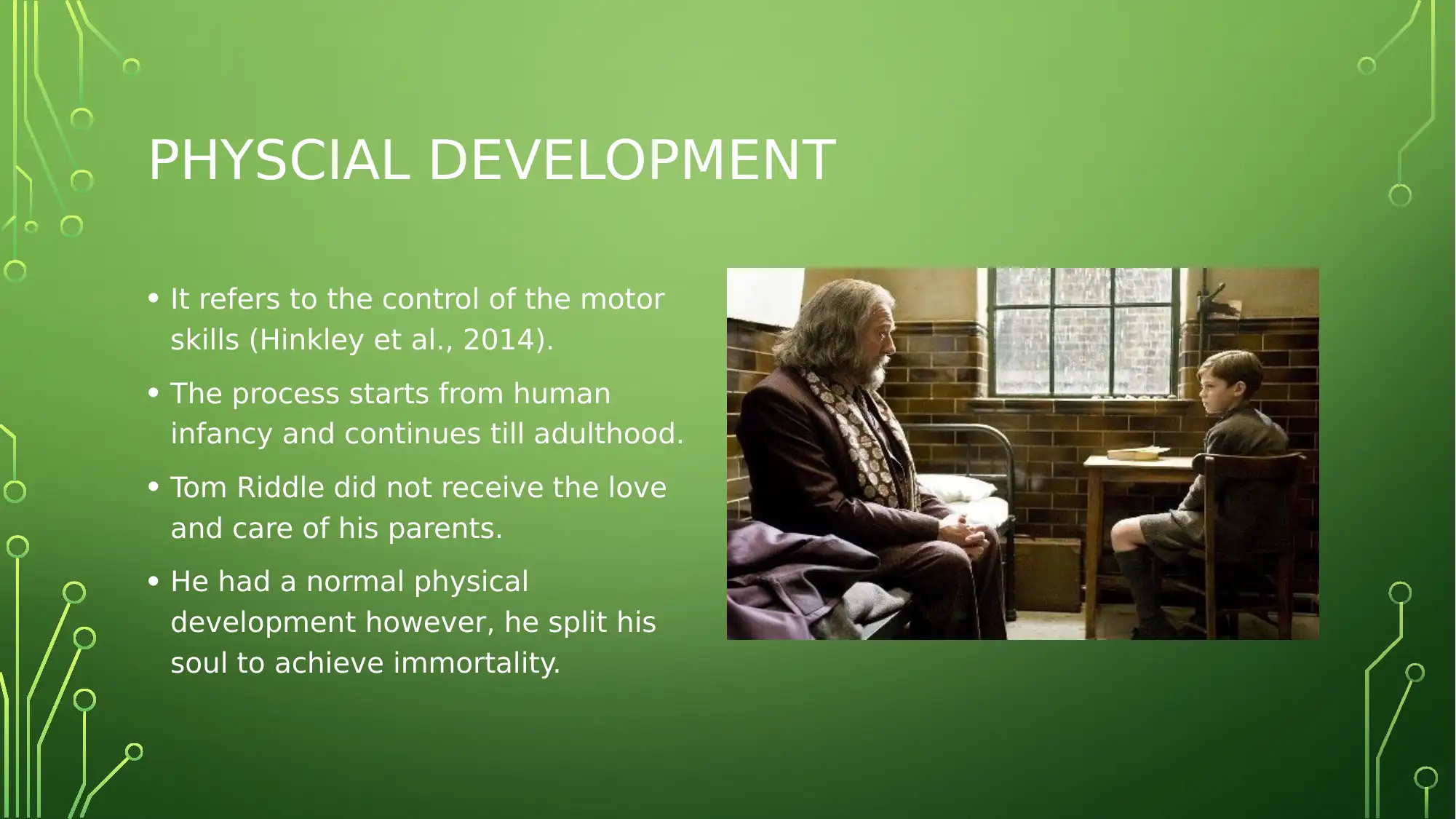
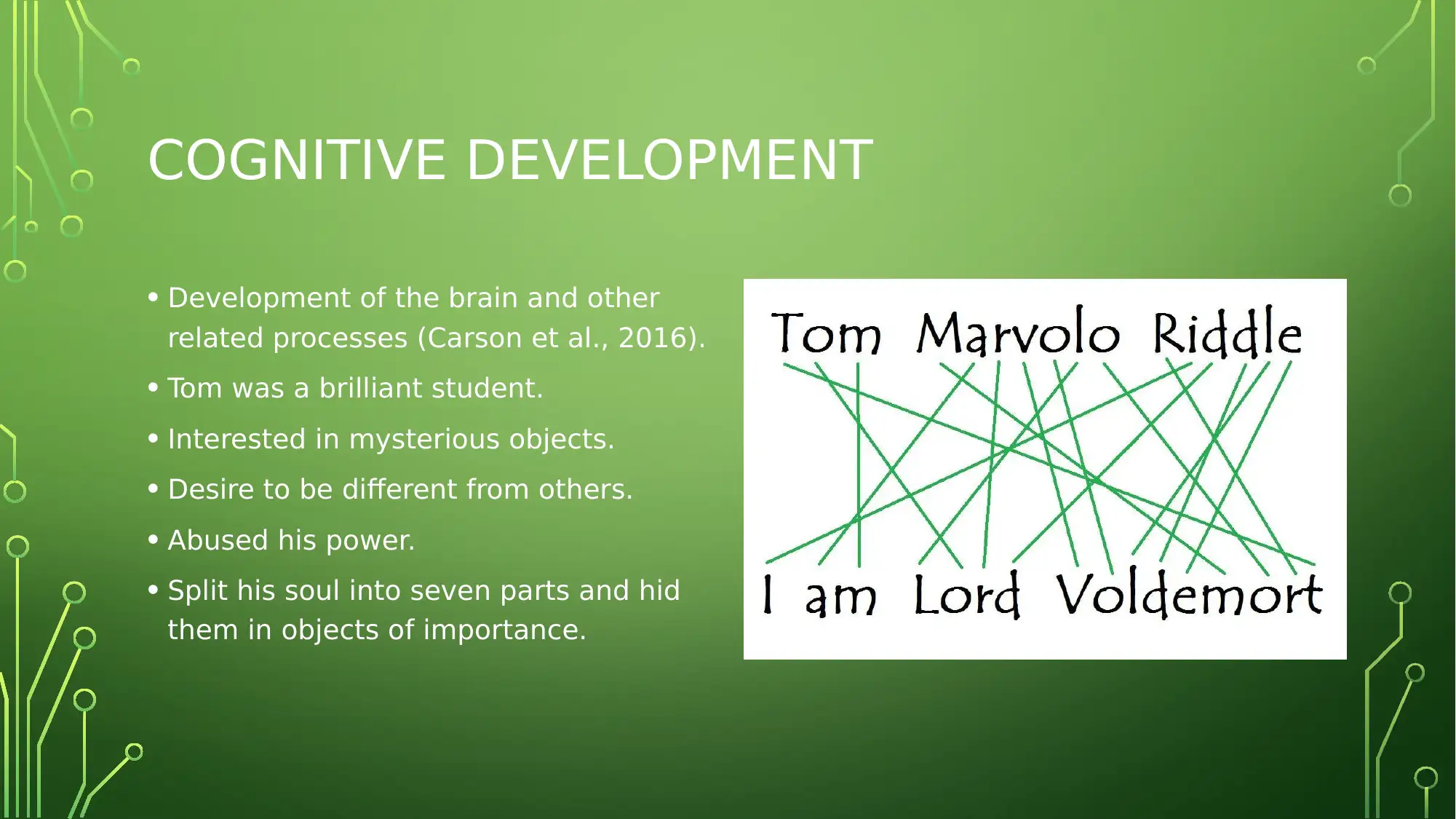
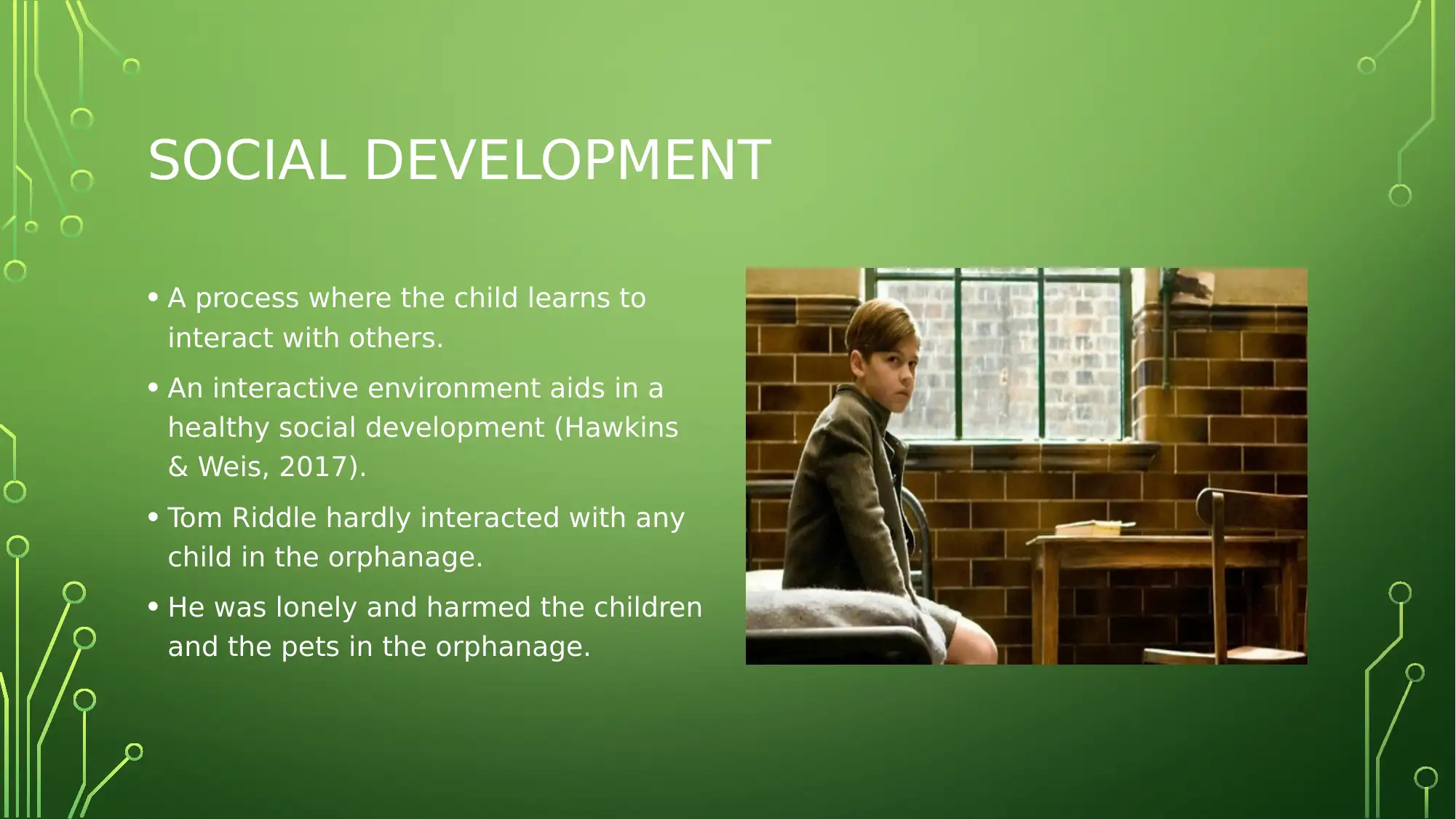
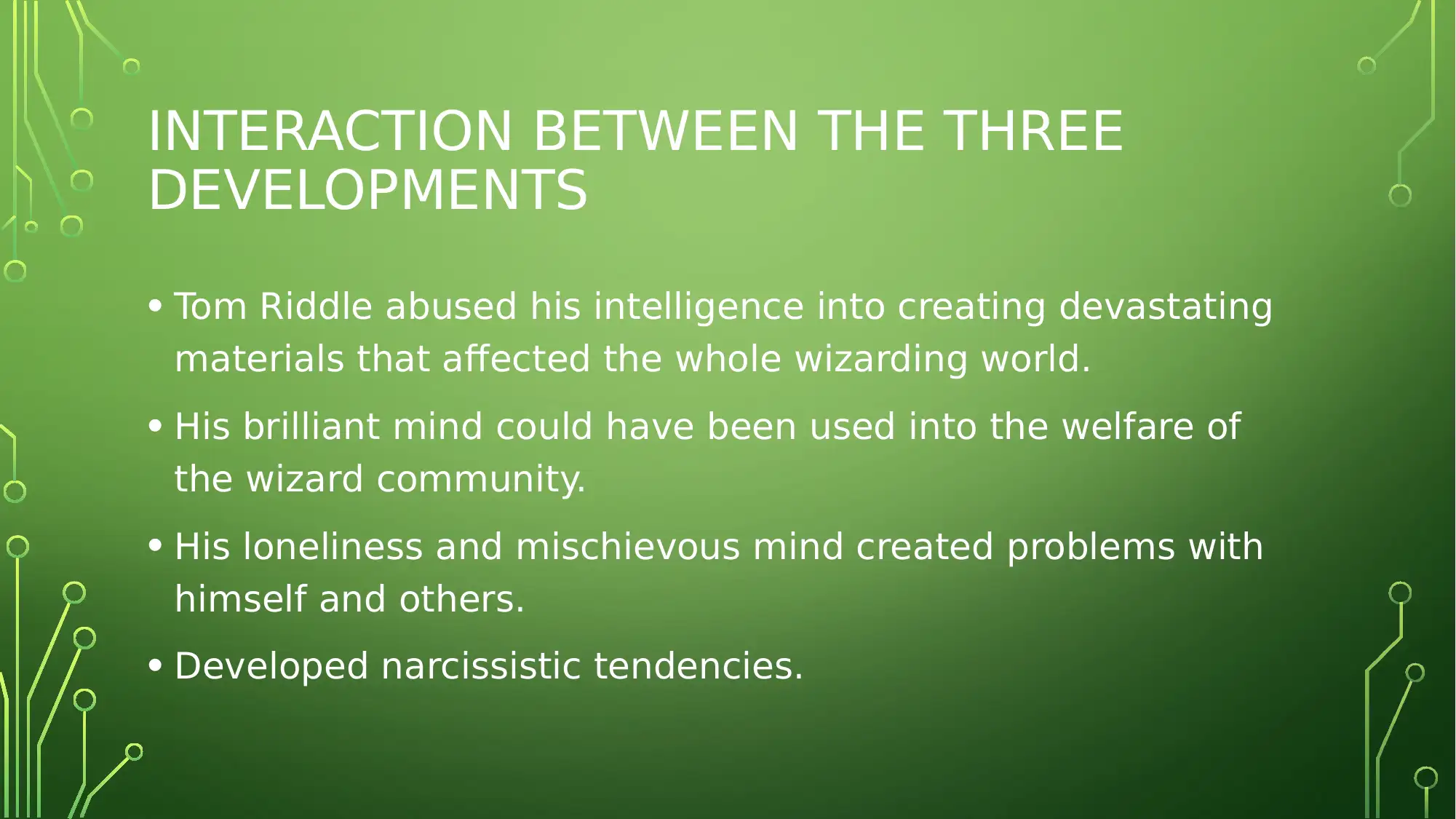
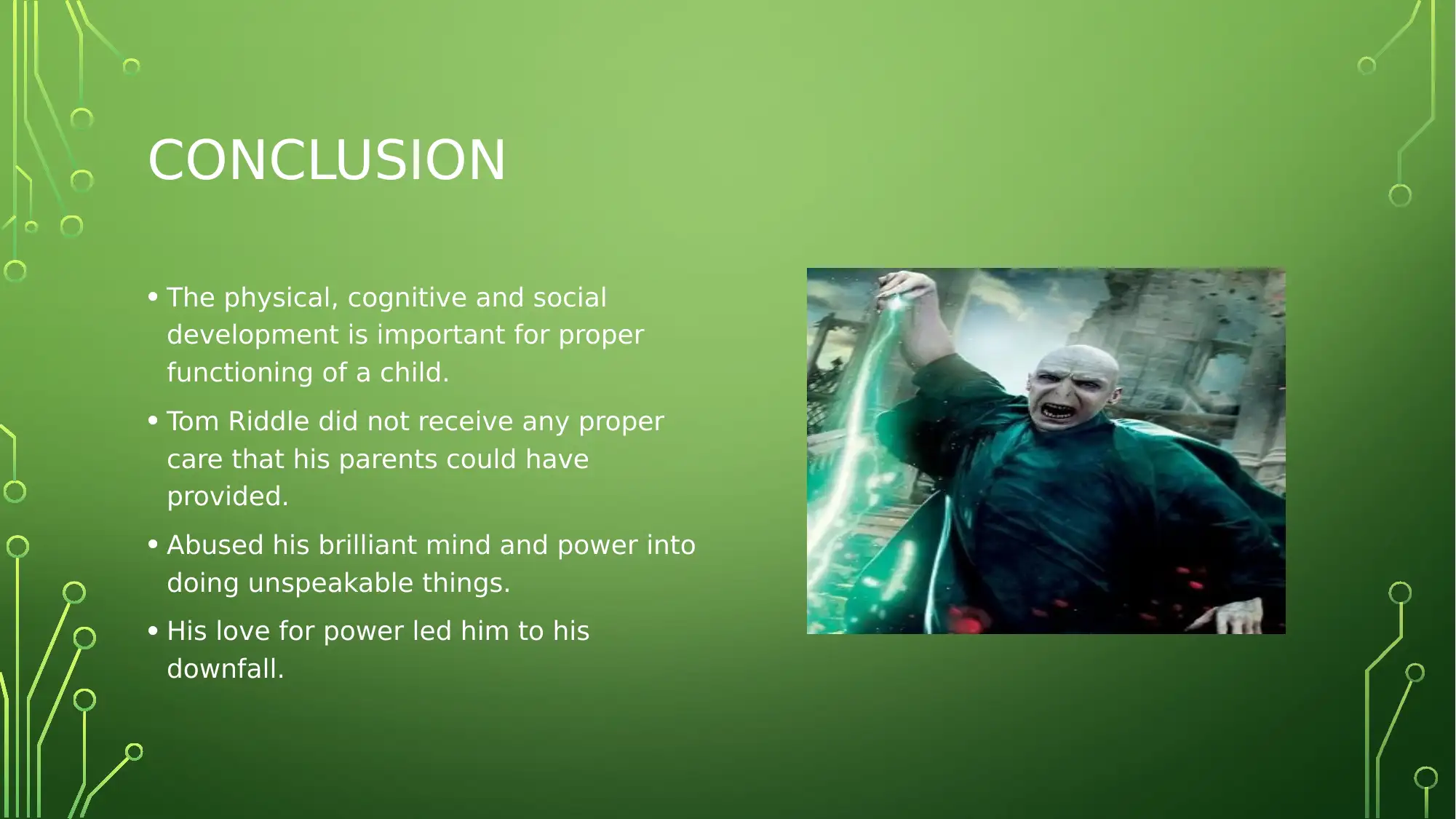
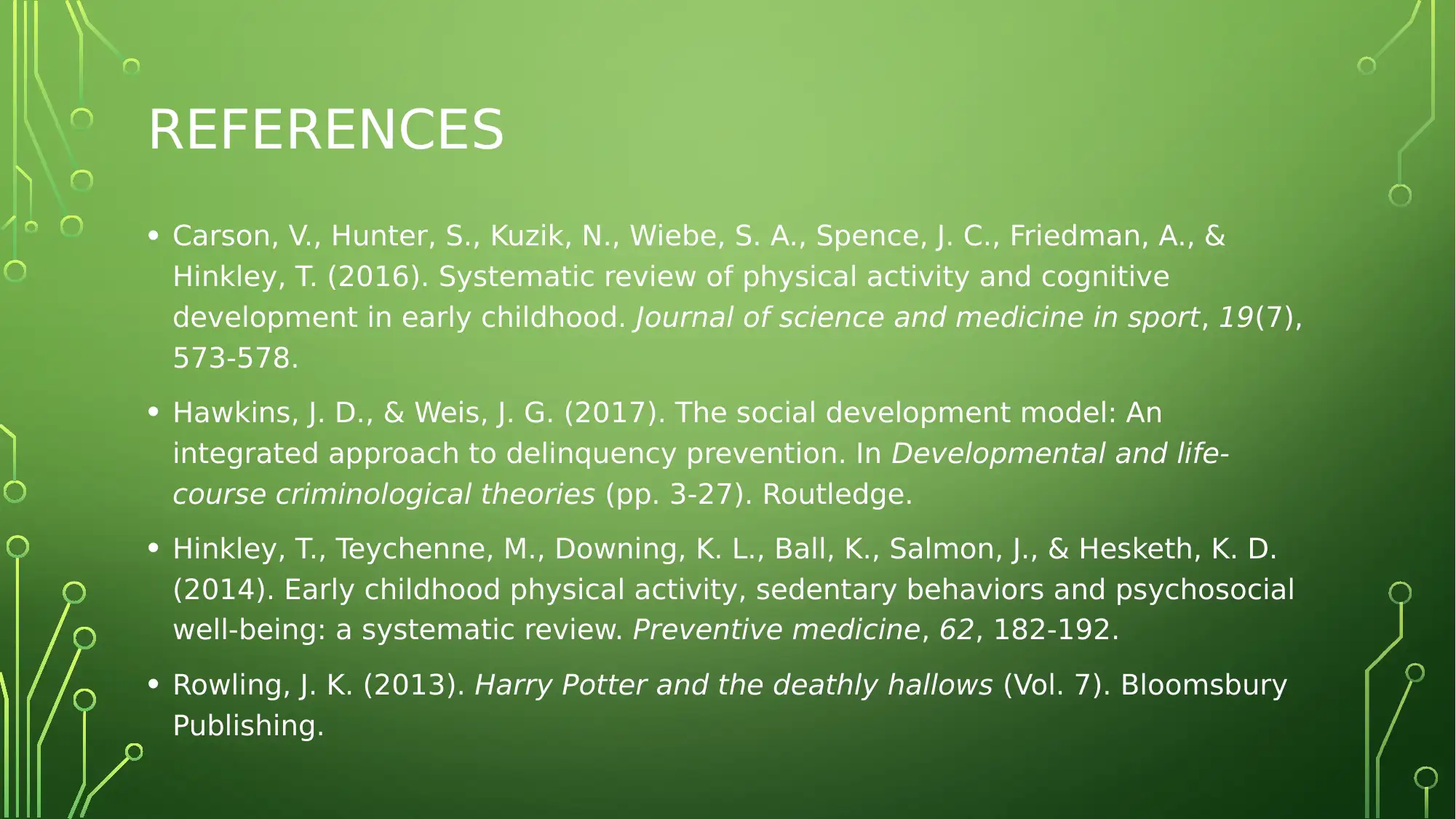



![[object Object]](/_next/static/media/star-bottom.7253800d.svg)